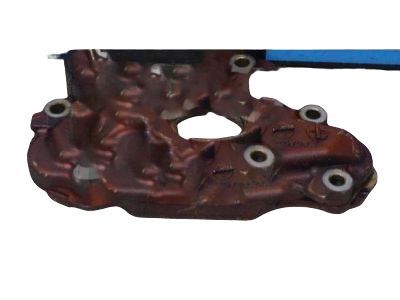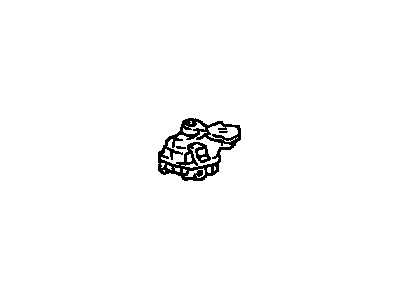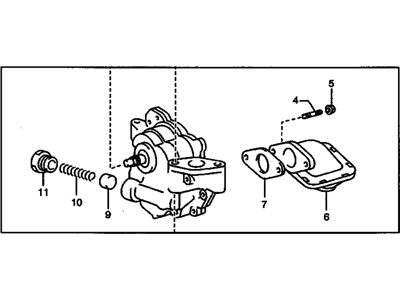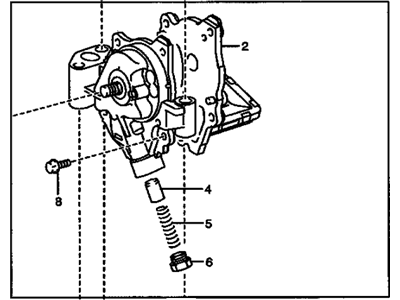
My Garage
My Account
Cart
Genuine Pontiac Vibe Oil Pump
Oil Fluid Pump- Select Vehicle by Model
- Select Vehicle by VIN
Select Vehicle by Model
orMake
Model
Year
Select Vehicle by VIN
For the most accurate results, select vehicle by your VIN (Vehicle Identification Number).
4 Oil Pumps found
Pontiac Vibe Oil Pump
Another mandrel in Pontiac Vibe is the Oil Pump that performs significant task in the efficient running of the internal combustion engine. Its main function is to pump oil under pressure through the engine parts which include bearings, pistons and cam shaft etc. The mechanical oil pump used on the Pontiac Vibe are normally driven by the crankshaft or the camshaft, which are recognized to be quite reliable. Different models of the Pontiac Vibe may use various oil pump such as the gear oil pump, trochoid oil pump and vane oil pump. The oiling system works through pumping the oil from the sump, filtering it then circulating it around the engine while ensuring that there is adequate oil pressure needed for the premier results. Oil and filter changes should be conducted in order to prevent formations of clogs in the system and with an intention to maximize the longevity of the maintenance of the Pontiac Vibe's engine.
Each OEM Pontiac Vibe Oil Pump we offer is competitively priced and comes with the assurance of the manufacturer's warranty for the part. Furthermore, we guarantee the speedy delivery of your orders right to your doorstep. Our hassle-free return policy is also in place for your peace of mind.
Pontiac Vibe Oil Pump Parts Questions & Experts Answers
- Q: How to remove, inspect, and install the oil pump on Pontiac Vibe?A:To remove the Timing Chain and crankshaft sprocket, detach the oil pump body from the engine by removing five bolts, using a screwdriver to carefully pry between the block and the pump body if needed. Clean all traces of sealant and old gasket material from the pump body and engine block with a scraper, then use lacquer thinner or acetone on the mating surfaces. Take out the oil pressure relief valve from the pump body, then remove three screws to separate the pump cover from the body and lift out the driver and driven rotors. Clean all components with solvent and inspect for wear and damage, checking the oil pressure relief valve piston sliding surface and valve spring; if either is damaged, replace them as a set. Measure the driven rotor-to-body clearance, rotor-to-cover clearance, and drive rotor tip clearance with a feeler gauge, comparing results to specifications; replace rotors as a set if any clearance is excessive, and replace the oil pump body if necessary. Check the timing chain guide oil jet for blockage. For installation, lubricate the drive and driven rotors with clean engine oil and place them in the pump body with the marks facing out. Pack the pump cavity with petroleum jelly, attach the pump cover, and tighten the screws to the specified torque. Lubricate the oil pressure relief valve piston with clean engine oil and reinstall the valve components in the pump body. Place a new oil pump gasket on the engine block, position the pump assembly against the block, and install the mounting bolts, ensuring the flats on the oil pump drive rotor align with the crankshaft. Tighten the bolts to the specified torque in three or four steps using a criss-cross pattern to avoid warping. Reinstall the remaining parts in reverse order of removal, add oil if necessary, start the engine, and check for oil pressure and leaks.














